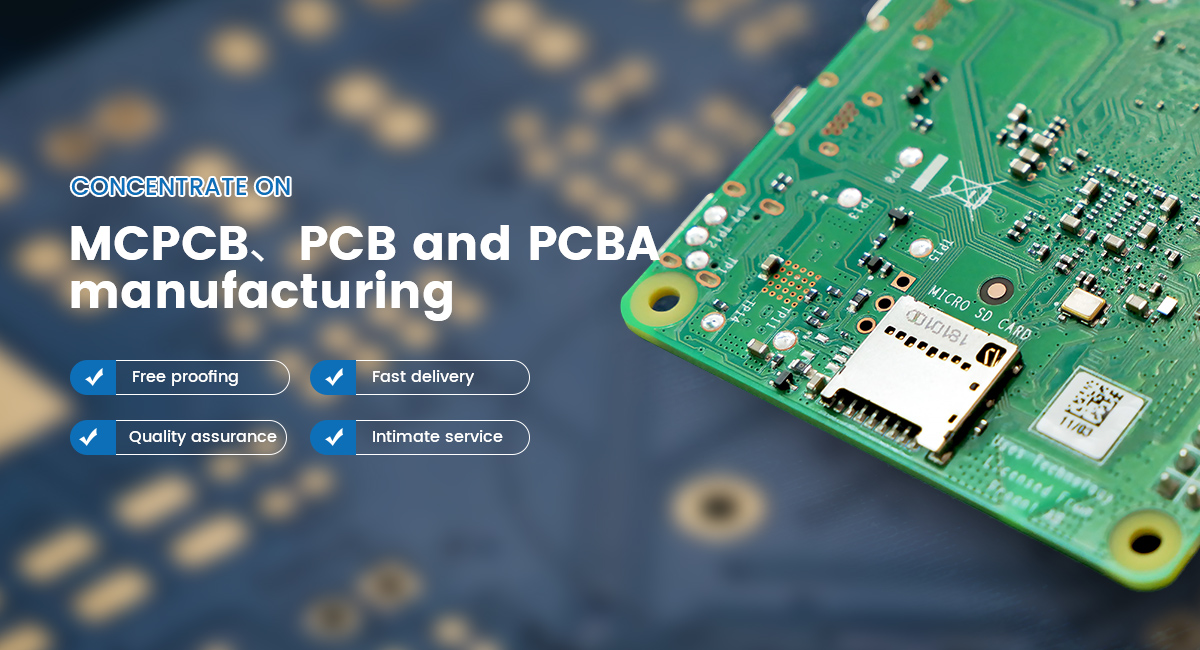Time:2022-06-28 Visit:
From a technical point of view, multi-layer PCBs have many advantages in terms of design. These advantages of multilayer printed circuit boards include:
1 Small size: One of the outstanding and acclaimed benefits of using multilayer printed circuit boards is their size. Due to its layered design, the multilayer PCB itself is smaller than other PCBs with similar functions. This has brought huge benefits to modern electronic products, because the current trend is to focus on smaller, more compact but more powerful gadgets such as smart phones, laptops, tablets and wearable devices.
2 Lightweight structure: A smaller PCB is used and the weight is lighter, especially because the multiple connectors required for single-layer and double-layer PCB interconnection are eliminated, which is conducive to multi-layer design. This is again good for modern electronic products, which tend to be more mobile.
3 High quality: Due to the large amount of work and planning required to manufacture multilayer PCBs, these types of PCBs are often better than single-layer and double-layer PCBs. Therefore, they are also more reliable.

4 Improve durability: Multi-layer PCBs are often durable due to their properties. These multi-layer PCBs not only bear their own weight, but are also able to handle the heat and pressure used to bond them together. In addition to these factors, multilayer PCBs use multiple insulating layers between circuit layers, combining them with prepreg adhesives and protective materials.
5 Enhanced flexibility: Although this does not apply to all multilayer PCB components, some do use flexible construction techniques to form flexible multilayer PCBs. For applications where slight bends and bends may occur on a semi-regular basis, this may be a very desirable characteristic. Similarly, this does not apply to all multilayer PCBs, and the more layers added to a flexible PCB, the less flexible the PCB.
6 is more powerful: Multilayer PCBs are extremely high-density components that combine multiple layers into a single PCB. These close distances make circuit boards more connected, and their inherent electrical properties enable them to achieve greater capacity and speed, albeit in a smaller size.
7 Single connection point: Multi-layer PCB is designed to be used as a single unit, rather than in series with other PCB components. Therefore, they have a single connection point instead of the multiple connection points required to use multiple single-layer PCBs. This proves to be beneficial in the design of electronic products as they only need to include a single connection point in the product. This is particularly useful for small electronic products and small accessories that aim to reduce size and weight.
These advantages make multilayer PCBs very useful in various applications, especially mobile devices and high-function electronic devices. Conversely, as many industries turn to mobile solutions, multilayer PCBs have gained a place in more and more industry-specific applications.